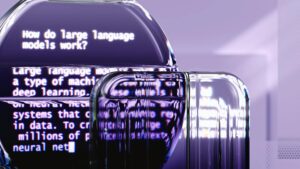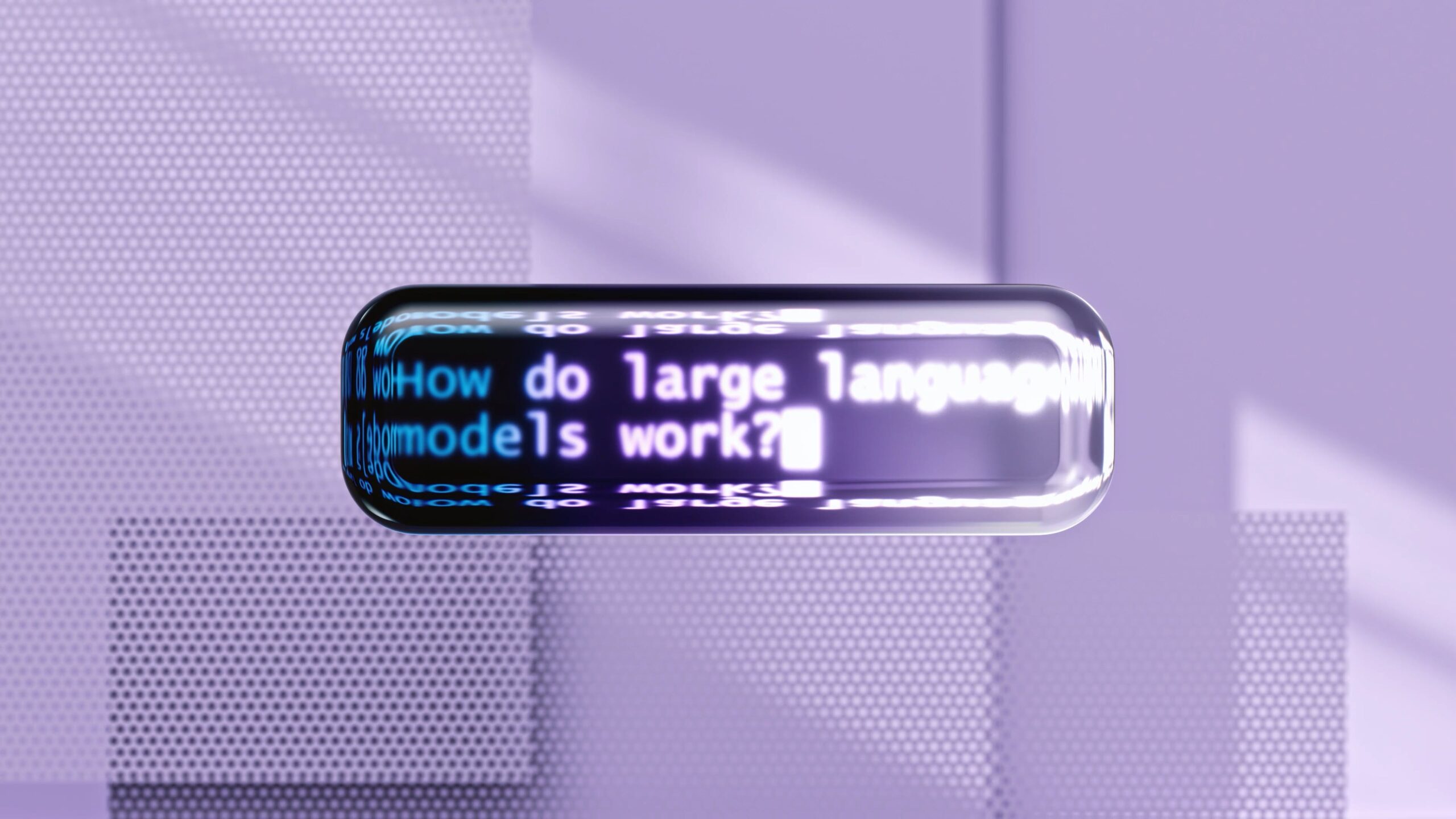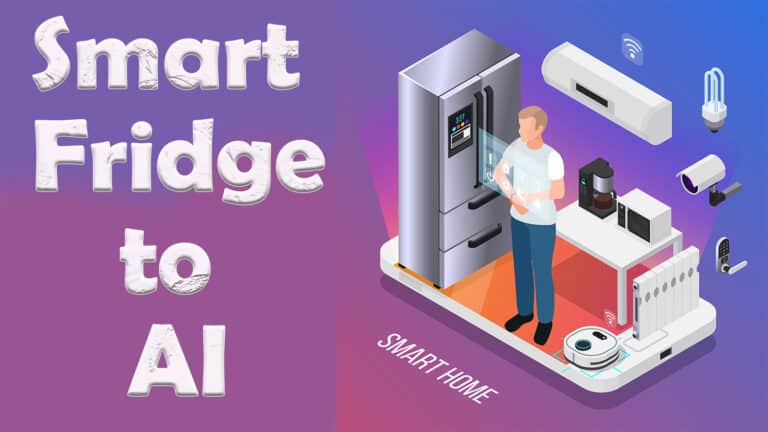Artificial Intelligence in Language Translation
Language, the main medium to communicate and connect, has always been a major barrier in our increasingly globalized world. But, thanks to the rapid advances in Artificial Intelligence (AI), specifically in the area of translation into languages, the barriers are slowly being eliminated. We’ll look at the growth of AI in language translation from rule-based systems to the transforming capabilities of neural networks and the impact it can have on culture, communication, and commerce.
The early days of Rule-based Translation Systems The development of AI in translation started using rule-based systems. These systems rely on the pre-defined dictionary rules and dictionaries for linguistics to translate texts from one language to another. While they were the foundation of machine translation systems, they were not as effective in their efficiency because of their inability to grasp the context, nuances, and idiomatic meanings. Therefore, the machines that translated were often inaccurate, needed more fluency, and needed to grasp the subtleties of human speech.
The rise of Statistical Machine Translation In the latter half of the 20th century, the statistical machine translator (SMT) became an innovation within translation. In contrast to systems based on rules, SMT employed statistical models to analyze vast amounts of bilingual texts and discover the patterns and relationships among words and phrases across different languages. Using huge quantities of data, SMT systems could create more precise translations, particularly for common pairs of languages.
Yet, SMT faced challenges dealing with context-dependent translations and languages with complicated grammatical structures. Furthermore, since SMT relied heavily upon pre-existing translations, it had to contend with languages with limited resources that needed more parallel data.

It was the Era of Neural Machine Translation (NMT). The emergence of the concept of neural machine translation (NMT) was a major paradigm change in the field of AI-driven translation of languages. Utilizing deep neural networks and learning algorithms, NMT systems revolutionized the creation of translations. Instead of relying upon handcrafted guidelines or models based on statistical analysis, NMT systems learn to translate by processing whole sentences as a sequence of words that capture meaning and context better.
The heart of NMT is the neural network design, known as the encoder-decoder framework. Within this structure, an encoder processes the original language sentence and produces the fixed-length representation, also known as the context vector. The decoder uses the context vector to create the sentence translated into the target language. After training the neural networks on large, parallel corpora, NMT systems can be trained to create precise and accurate translations that are contextually correct and surpass the capabilities of conventional SMT methods.
The benefits of Neural Machine Translation The transition to NMT has revealed a myriad of benefits for the translation of languages:
- Improved Quality of Translation: NMT systems produce more fluid, natural, and contextually precise translations compared to previous approaches.
- Better handling of context: By focusing on the whole sentence instead of specific terms or words, NMT systems excel at understanding the subtleties of context, making for more consistent translations.
- Ability to adapt to low-resource languages: In contrast to SMT, which relies on parallel data, NMT can leverage multilingual methods of training and transfer learning to improve translations of low-resource languages.
- Reduced dependence on Handcrafted Rules: NMT systems acquire translation patterns by analyzing data directly, eliminating the requirement to use manual interventions and making them more able to adapt to different languages and domains.
Applications Across Industries
The impact of NMT goes beyond the translation of words. Its capabilities have opened the path for a broad range of applications across different industries:
- Global Business NMT allows seamless collaboration and communication across boundaries, allowing companies to enter new markets and service an array of customers more efficiently.
- Healthcare NMT helps remove the language barriers that exist in healthcare and ensures clear communication between healthcare professionals and patients with diverse backgrounds.
- Online shopping NMT powers real-time translation features in e-commerce platforms, allowing customers to shop, browse, and purchase in the language they prefer, which improves user experience while increasing sales.
- Law and government services NMT streamlines the translation of legal documents, government forms, and official communications, giving access to just those who need to speak English.
What exactly is artificial Intelligence (AI) in language translation?
Artificial intelligence (AI) in the field of translation refers to the use of machine learning as well as natural methods of processing to automate the translation of speech or text from one language to the next. AI-powered translation systems strive to create accurate and precise translations that mimic human comprehension and speech.
What is the difference between AI Translation and conventional methods?
Traditional translation methods, including statistical or rule-based machine translation, depend on established patterns or mathematical models that generate translations. However, AI translation uses neural networks and deep-learning algorithms to discover patterns of translation directly from information, which results in more accurate and natural-sounding translations.
What is a neural machine translation (NMT) system?
Neural machine translation (NMT) systems are a form of AI translation model that uses neural networks to process complete sentences as a sequence of words. They are comprised of an encoder-decoder system, which analyzes the original language sentence and creates a context-based vector that the decoder uses to translate the sentence into the language of the target. NMT systems offer significantly better quality of translation compared to previous techniques.
What are the advantages of AI translators?
AI translation offers several advantages, including:
- Better quality translation and fluency.
- More efficient understanding of context and subtleties.
- The ability to adapt to languages with limited resources.
- Reduced dependence on handcrafted rules.
- Applications in various sectors include healthcare, business, e-commerce, and government services.
What are the issues that arise from AI translation?
Despite the advances made, AI translation still faces problems like:
- Cultural sensitivity and bias in translations.
- Domain adaptation to specific terminology and terminology.
- The metrics used to evaluate evaluations might not always match human judgments. To address these issues, it is necessary to continue research and improvement of AI translation algorithms.
How can AI translation help businesses?
AI translation enables businesses to expand into new markets, connect with partners and customers worldwide more efficiently, and facilitate cross-border collaboration. By breaking down language barriers, AI translation enhances global operations, improves the customer experience, and increases growth opportunities.
Are AI translations substituting human translators?
AI translators have made huge advances but must still be an alternative to human translators. Human translators bring nuances of culture, contextual awareness, and artistic expression to the process of translation, which AI systems might need help to duplicate fully. Human translators complement AI translation by automatizing repetitive jobs, boosting efficiency, and assisting professional translators.
What are the prospects for AI in the field of translation?
The future for AI in the translation of languages looks promising, with constant developments in neural networks, natural language processing, and machine learning. Research and innovation continue to result in more precise, context-aware, and culturally sensitive translation systems that will help bridge the language gap and facilitate worldwide communication and cooperation.
Conclusion
The development of AI in translation from rule-based systems towards neural network technology marks an era of change and innovation. Each time we make a technological leap, we are one step closer to achieving the dream of an interconnected and multilingual world. When we use AI’s potential to eliminate communication barriers, we open the way for better understanding and collaboration as well as cultural communication on an international level.
The future of AI in the translation of languages holds huge potential. Continuous advancements in neural network structure, natural machine learning, and language processing will further increase the potential for NMT systems. In the meantime, as AI continues to overcome the language divide, we’re moving closer to a future where the language barrier is not a barrier anymore. Still, it is a bridge that connects us to all.







